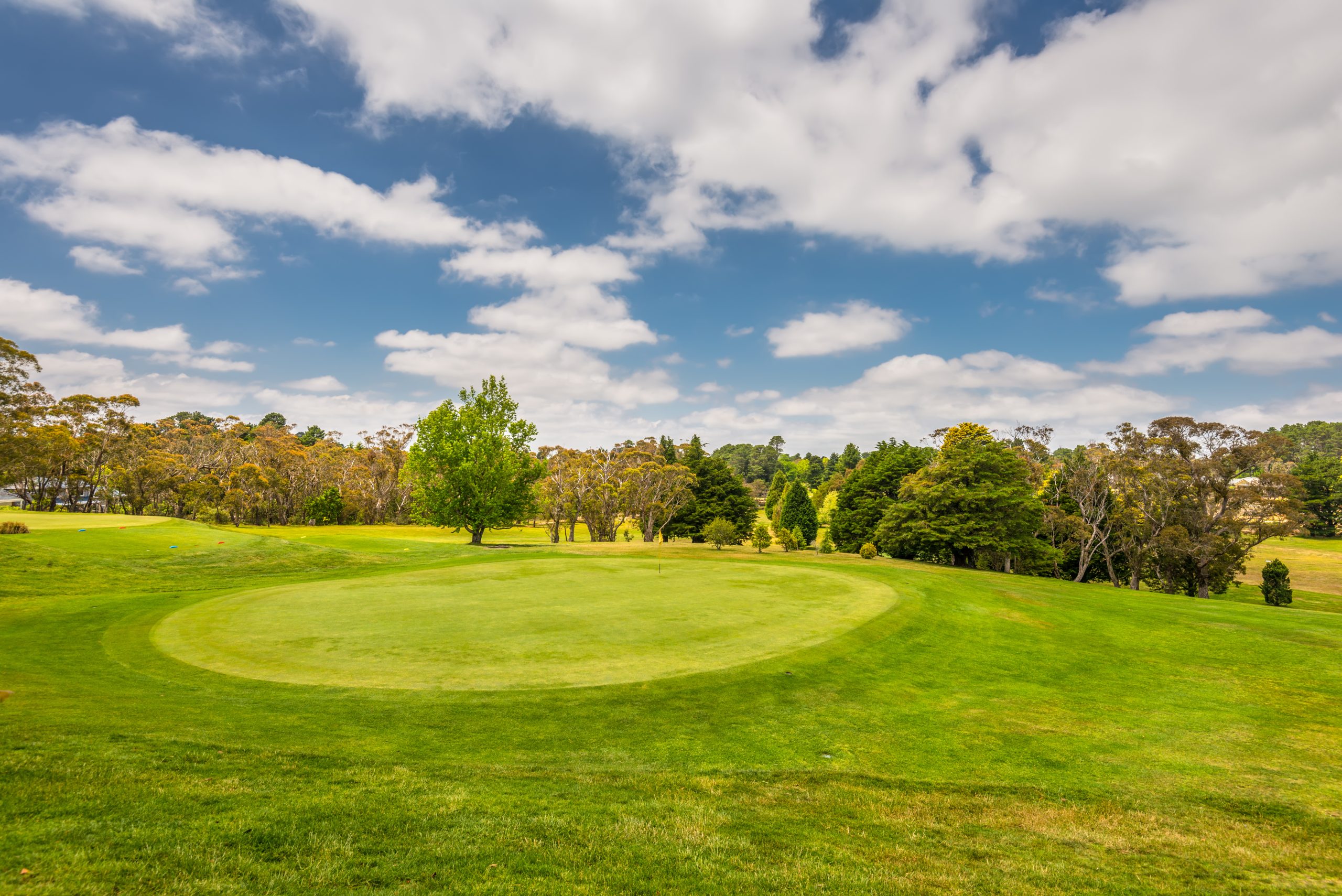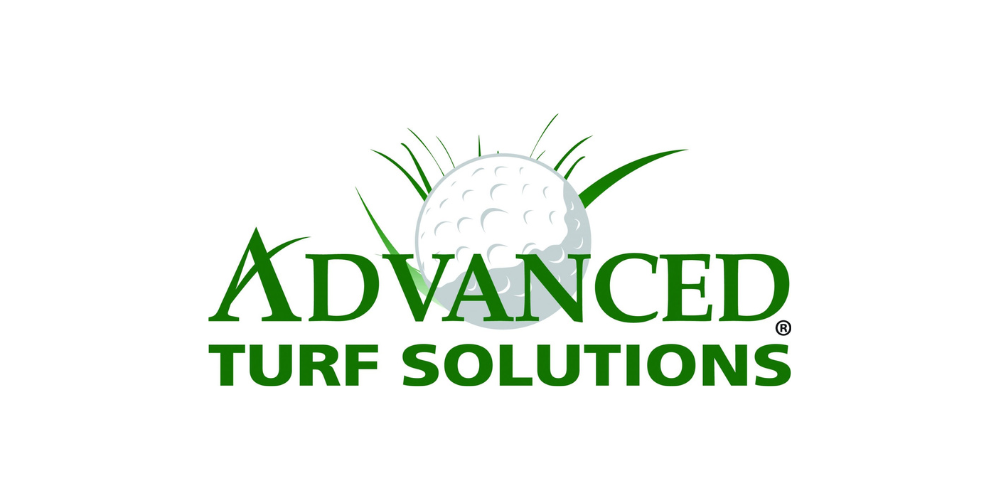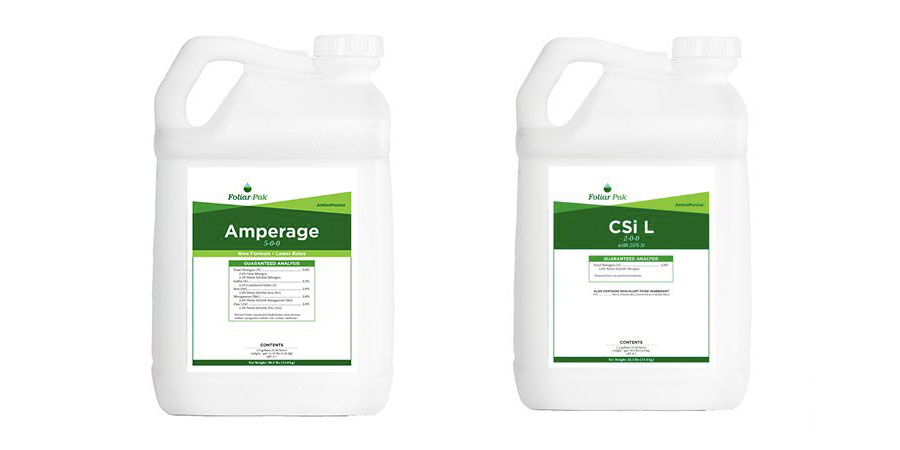Collar decline is normally not the result of just one causal agent. Typically, it is the combination of numerous factors that result in lower quality turfgrass on collars than in surrounding areas. The summer months bring higher temperatures and drought stress, making this the period when most collar decline occurs.
Let’s look at some causes of collar decline and how you can remedy each one.
Foot Traffic
Many greens have architectural designs that funnel traffic patterns into small areas, which creates compaction and wear areas from overuse.
To scatter or spread traffic, you can use physical barriers and signs, such as rope and stakes or wooden 4″ x 4″ horizontal blocks. Some courses have reduced traffic issues with design changes: removing or reshaping bunkers, adjusting cart parking areas near greens, or even tree removal.
Maintenance Stress
Maintenance equipment and practices can also add to compaction and overuse. Greens mowers turning sharply on the collar will quickly add more stress than necessary to the collar. Greens rollers can also add compaction issues to collars.
You can minimize abrasive wear by limiting the topdressing sand you throw onto collars. Use turning boards (thin sheets of plastic, rubber, or wood) to lower the impact of twisting and turning mowers. Lastly, be sure you vary the direction of roller travel and stop the roller before reaching the collar area.
Insufficient Moisture
Excess traffic and compaction can also lead to inadequate moisture in collar areas. These areas quickly become hydrophobic if you don’t reduce the practices causing compaction.
Solid tine or core aerification, spiking, and water injection tines are effective cultural practices to treat the affected areas rapidly. Granular wetting agents, such as Aqueduct Flex or Vivax 10G, will help hydrophobic areas accept and retain water after treatment.
Plant Grow Regulators
Plant growth regulators (PGRs) have a more significant effect on the collar than on the putting surface due to the increased surface area where the plants intake the PGR. You can minimize this by covering the collar during PGR application, washing the spray material from the collar tissues, or limiting the overspray onto collars with a GPS-controlled sprayer.
Microclimate
Sometimes, the microclimate surrounding specific putting greens is not conducive to quality turfgrass. If traffic and physical stresses cannot minimize yearly collar decline, you may take a more drastic step.
Many courses have removed the collar completely to eliminate seasonal collar decline. Although extreme, removing the collar could be worth the time and stress you’ll save by not worrying about it.
Helpful Resources
There is rarely just one reason collar decline appears during the summer months. Many strategies can help treat or minimize the negative effects of traffic, poor air circulation, excessive sand topdressing, and PGR overspray.
The USGA Green Section is a valuable source of information regarding many golf maintenance topics. There are numerous articles discussing the causes and remedies for putting green collar decline. Your local ATS sales rep is also a valuable resource when dealing with collar decline on your course.













